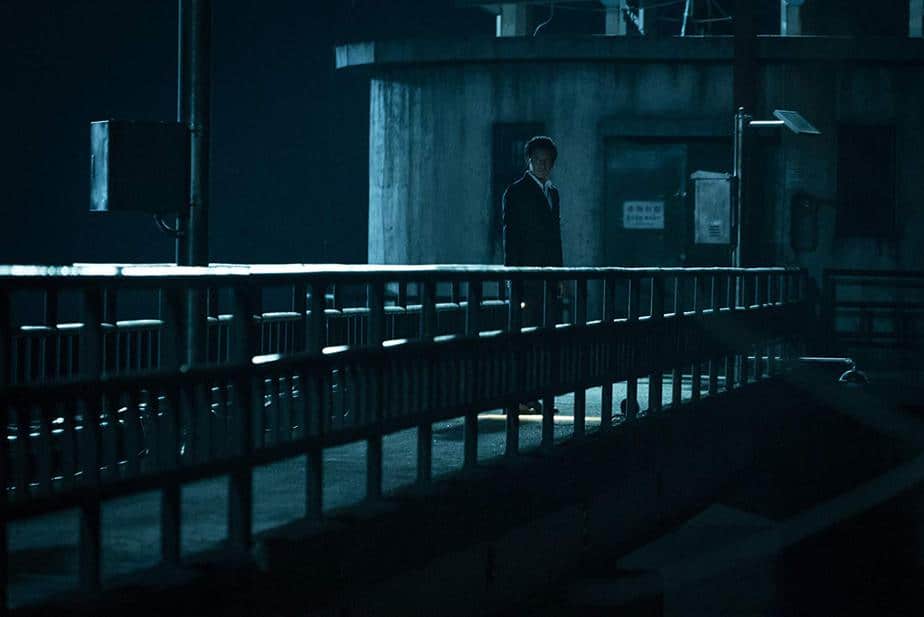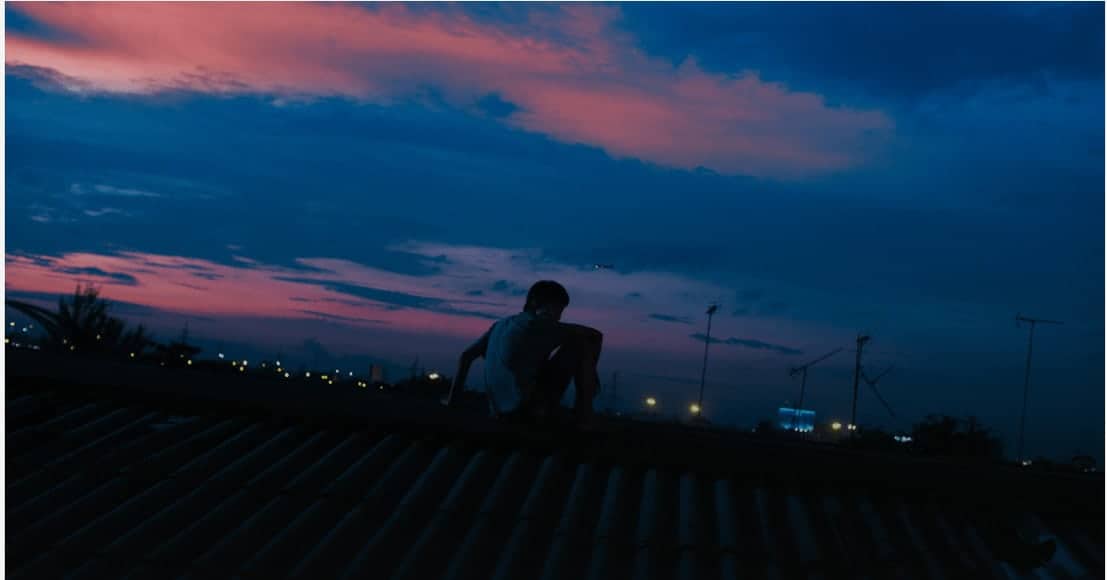Another of Kitano's masterpiece is also his most commercially successful film, taking $23.7 million in the Japanese box office and $31.1 million worldwide, mainly because of its wide release in the US that reached 55 theaters. Furthermore, Kitano won the Silver Lion for Best Director at the Venice Film Festival and yet again, plenty of awards from all over the world, and finally some from the Japanese Academy (Cinematography, Lighting, Editing, Music Score and Sound), although he was solely mentioned in the editing one, along Yoshinori Ohta.
The story behind the production is, once again, one of extreme interest. Shortly after Shintaro Katsu's death, who played the main character throughout the Zatoichi franchise, Kitano was approached by the very powerful madam and ex-dancer Saito. She was a close friend of Katsu's, and owned the rights to everything pertaining to Zatoichi. An extremely wealthy woman, the owner of dozens of strip clubs, and sometimes a mothering loan-shark to Katsu, she demanded that Kitano do the remake and star in it. Though he initially weakly refused, as he was not a fan of the franchise, Kitano accepted in the end, due to pressure of Saito that also contributed 15 percent of the budget.
Check also this article
The pre-production began two years after Katsu's death, and Kitano threw himself into the Zatoichi remake project, directing and acting with a zeal that made the old madam truly proud. Basing the story and script on the works of Kan Shimozawa, the actual creator of Zatoichi, Kitano slowly ground out his masterful performance. The film is a tribute to the classical samurai genre and thus, the script is quite simple. Zatoichi, a blind samurai and masseur, comes to the defense of villagers caught between the rivalries of two Yakuza gangs, punishing evil by killing a score of criminals with his hidden blade.
Kitano summons up all of his distinct irony and cynicism to create a brand new blond Zatoichi, fiddling with the established norms of the franchise and the genre in general, but without straying too much from their basic rules, as established by Kurosawa in films like “Yojimbo”. The comment about the cunningness of people who live in rural areas echoes quite significantly, while the arcs of the geisha and of Hattori Genosuke add both comedy and drama in the narrative.
The film encompasses many sarcastic elements, like the exaggerated bloodbaths and again the concept of the geisha siblings, but Kitano makes a point of not straying too much from his unique style. Thus the economical dialogue, the frequent flashbacks, courtesy of an overall excellent editing by Kitano and Yoshinori Ohta, the reserved acting, and a few very artful and unforgettable scenes, where Katsumi Yanagijima's cinematography finds its apogee. These include most of the fight scenes, with Tatsumi Nikamoto's work in the department being truly impressive, the duel with Hattori Genosuke in one of Tadanobu Asano's most memorable scenes, the dancing of the geisha and the truly unexpected final scene. The music is also a point of excellence, this time not from Joe Hisaishi, but from Keiichi Suzuki, occasionally dictating the pace of the movie in the most entertaining fashion.
“The Blind Swordsman: Zatoichi” is an excellent movie, a true masterful and modern samurai film, and probably the most approachable film in all of Takeshi Kitano's filmography.
















